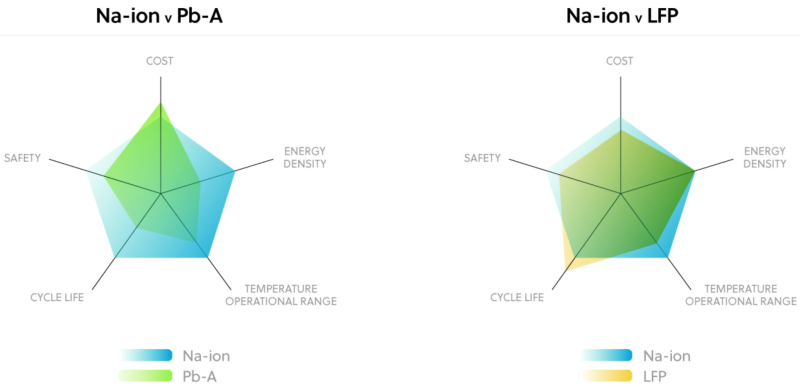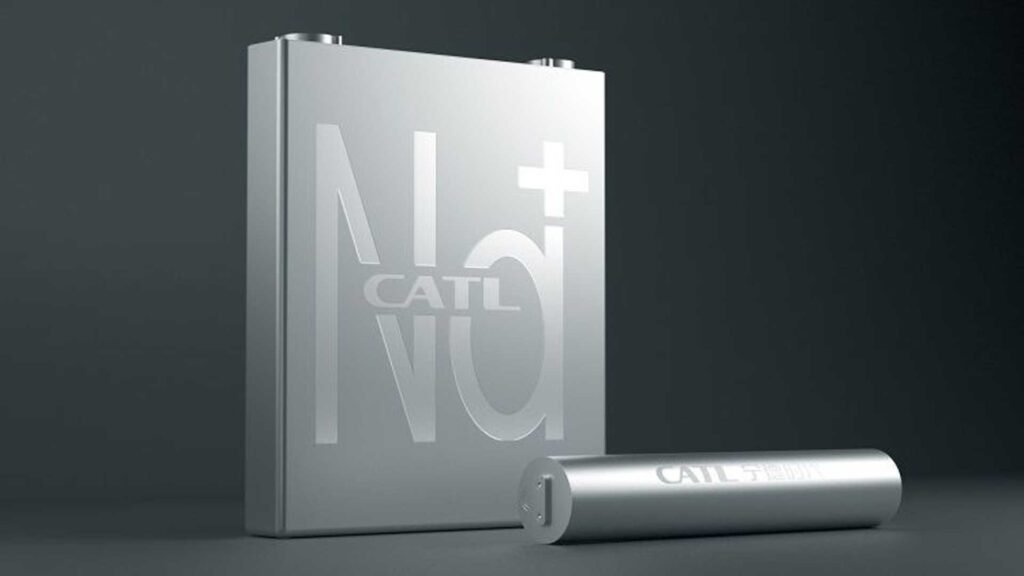Researchers all around the globe are racing to produce batteries that go beyond the existing lithium-ion standard. The sodium-ion battery is one of the most promising alternatives. It is especially appealing due to sodium’s greater availability and lower cost when compared to lithium.

Furthermore, when cycling at a high voltage (4.5 volts), a sodium-ion battery may significantly improve the amount of energy that can be stored in a given weight or volume. However, because of its rather quick performance degradation with charge-discharge cycle, commercialization has been hampered.
Researchers at the U.S. Department of Energy’s (DOE) Argonne National Laboratory have discovered a key reason for the performance degradation: the occurrence of defects in the atomic structure that form during the steps involved in preparing the cathode material.

These flaws eventually cause a structural earthquake in the cathode, resulting in catastrophic performance degradation during battery cycling.
Their findings demonstrated that when the temperature was rapidly reduced during material synthesis, the cathode particle surface became less smooth and had extensive regions of strain.

Further investigation revealed that this battery deterioration was exacerbated when cathodes were cycled at high temperatures (130 degrees Fahrenheit) or with quick charging (one hour instead of 10 hours).
Earlier team members’ research had resulted in a much better anode. Armed with this new knowledge, they should be able to enhance the cathode such that it matches the anode, resulting in a 20% – 40% boost in performance.
The impact could result in a longer driving range in more affordable electric vehicles and lower cost for energy storage on the electric grid.
Reference- Journal Nature Communications, Clean Technica, Argonne National Laboratory






